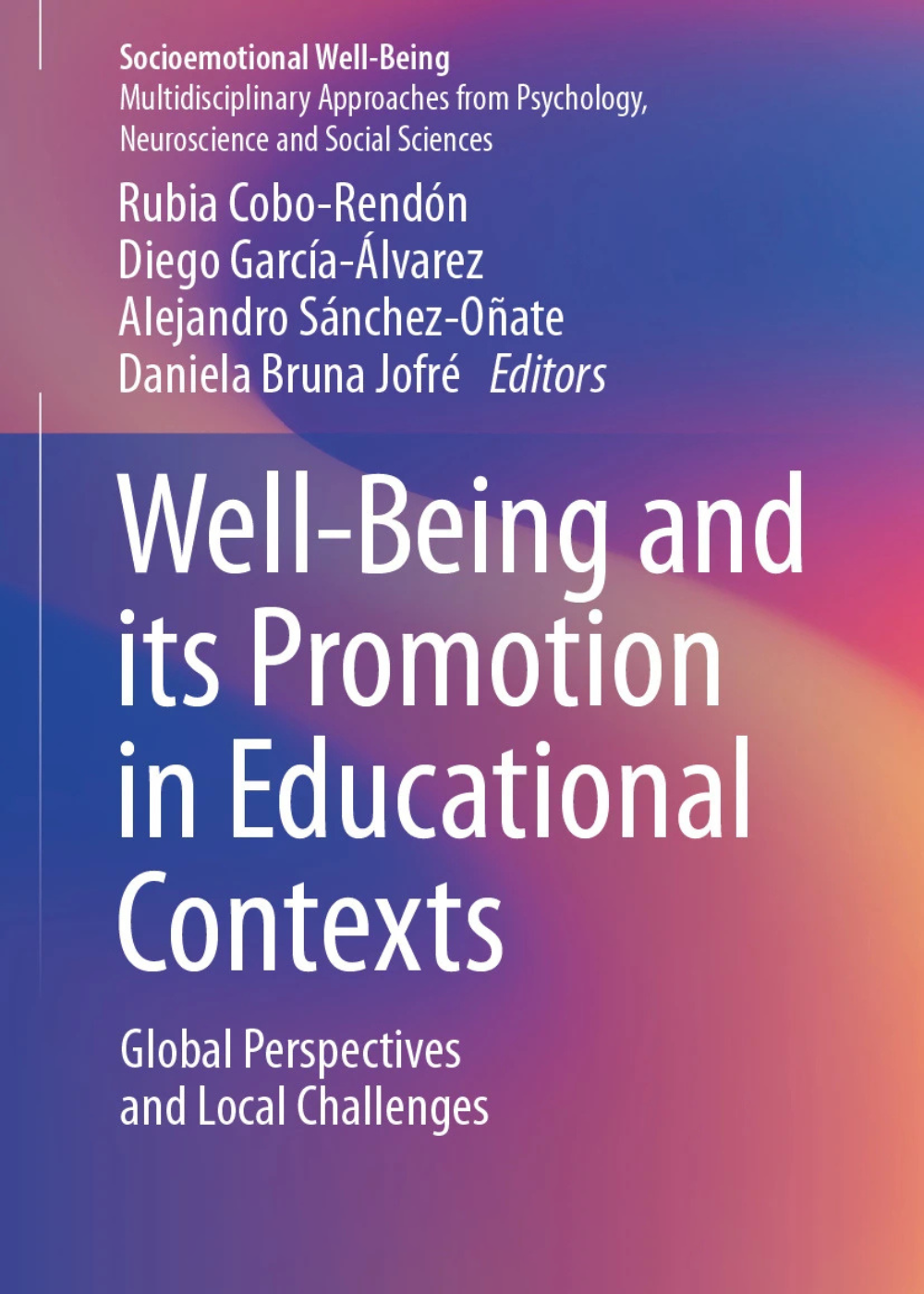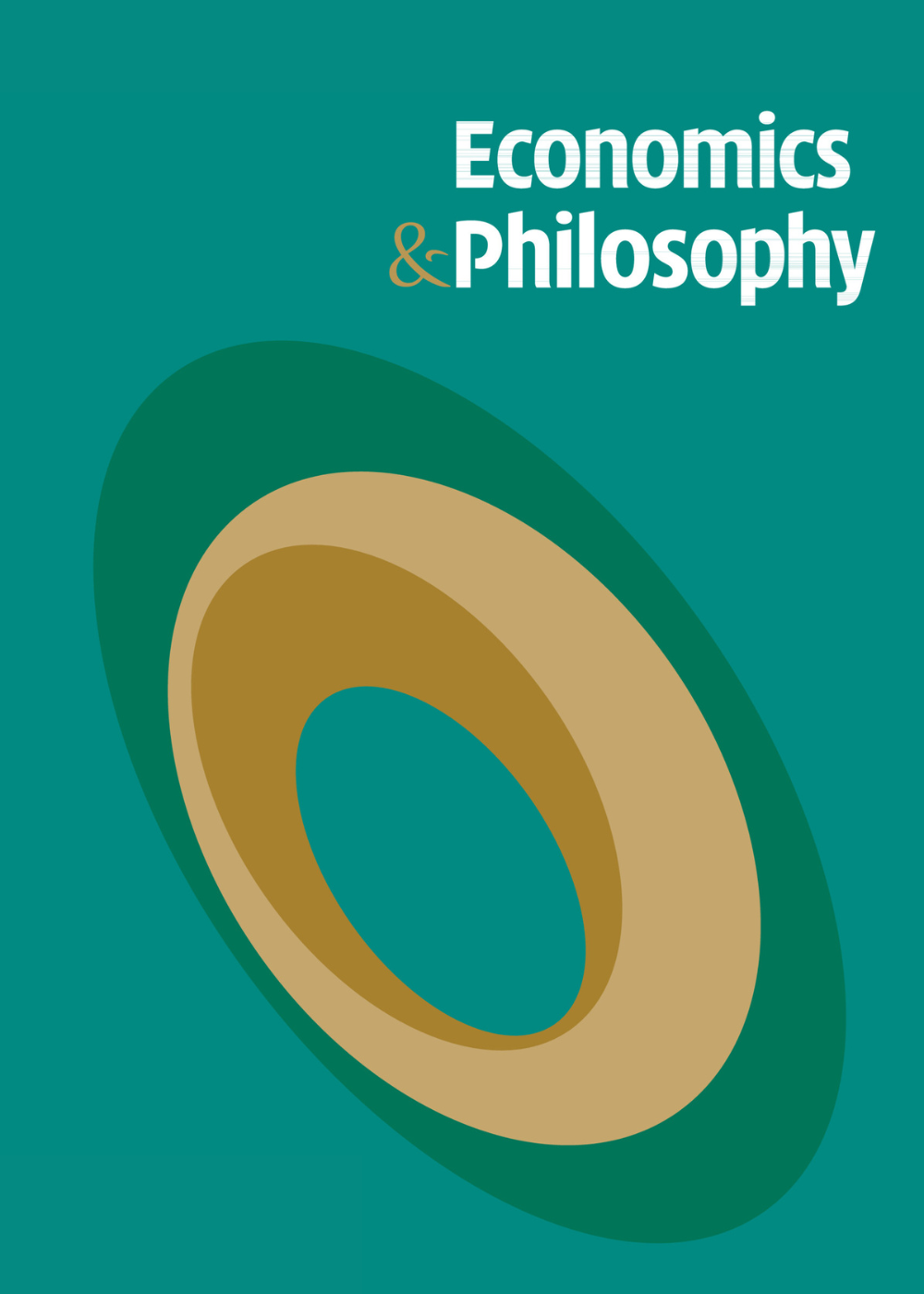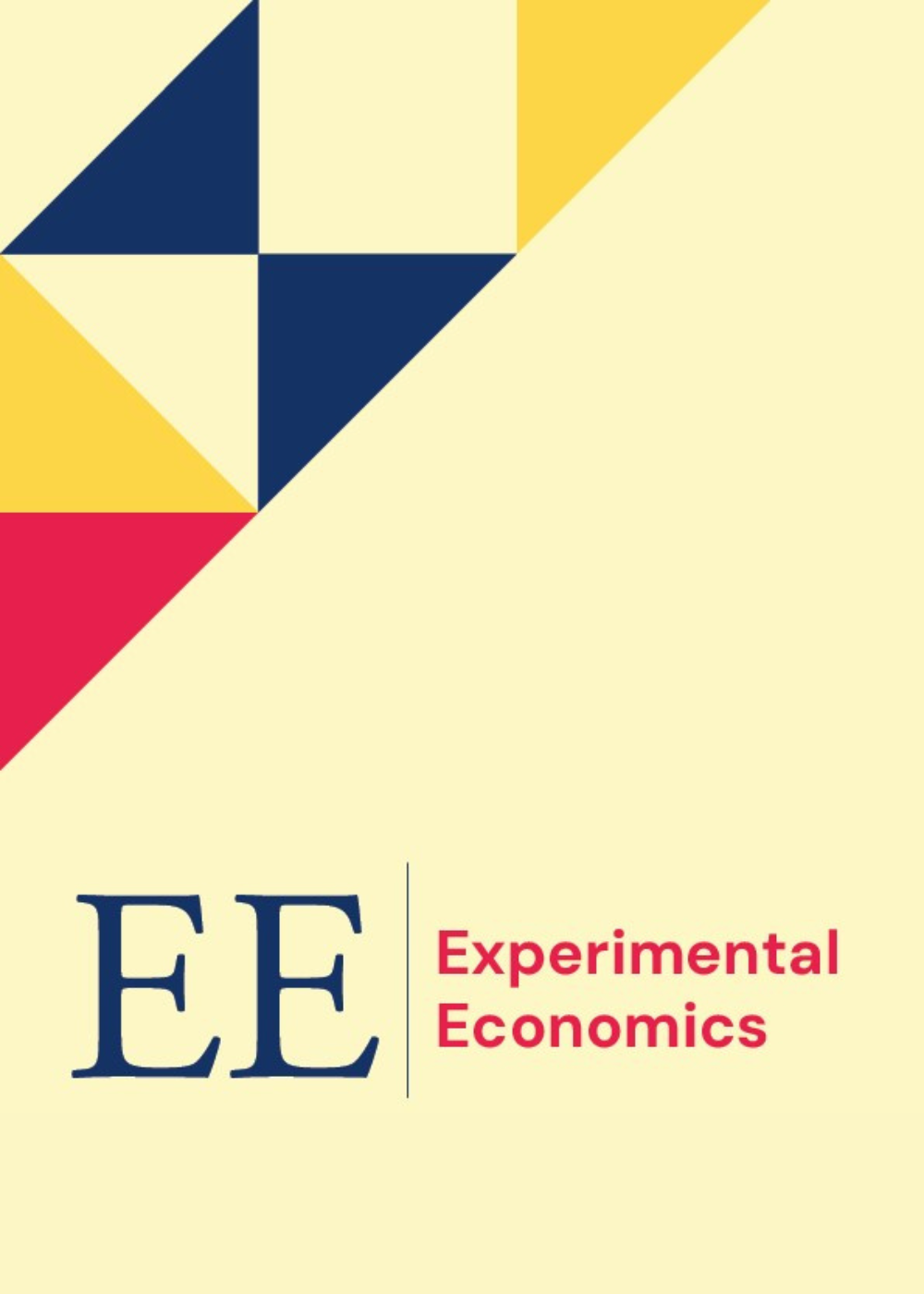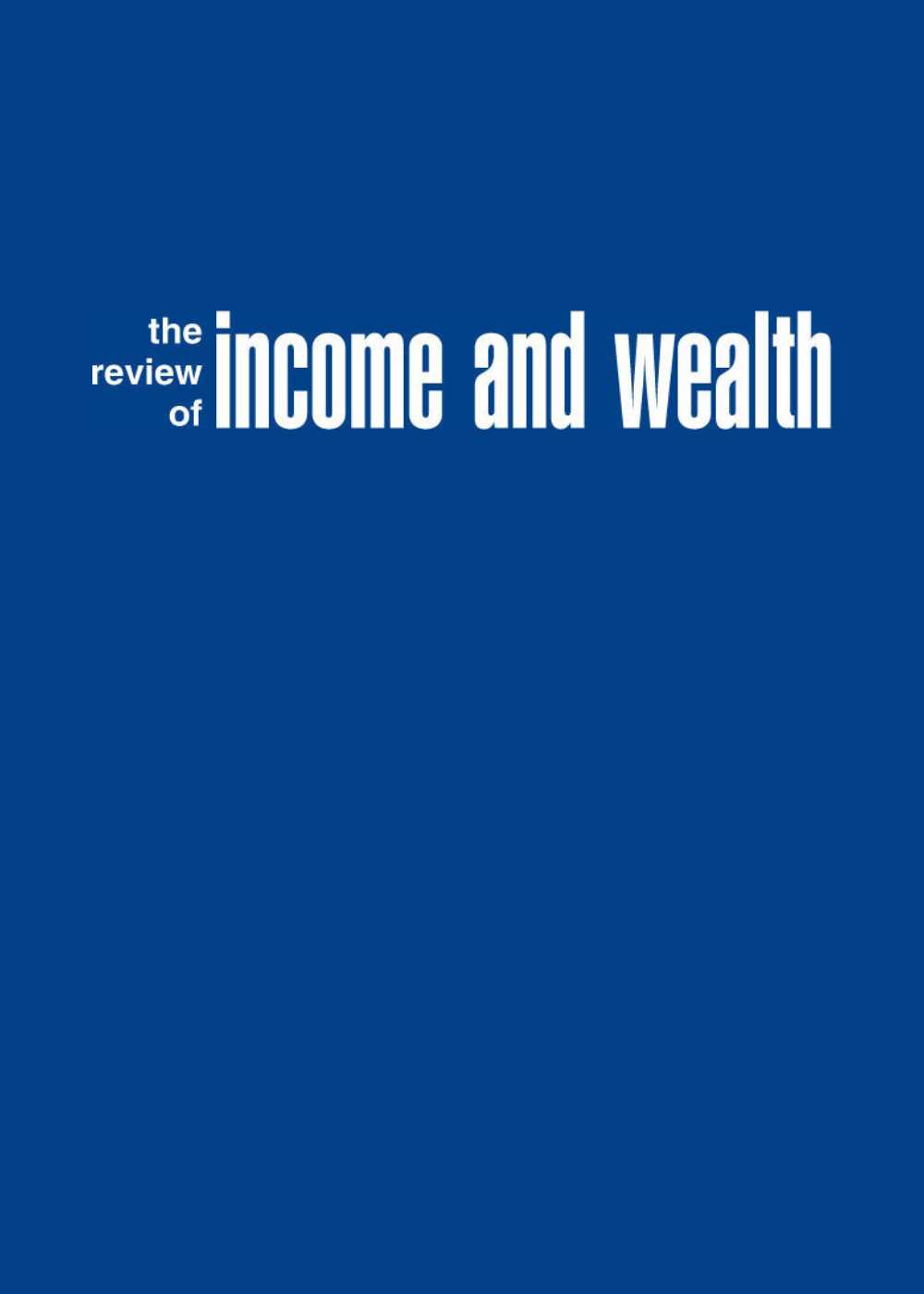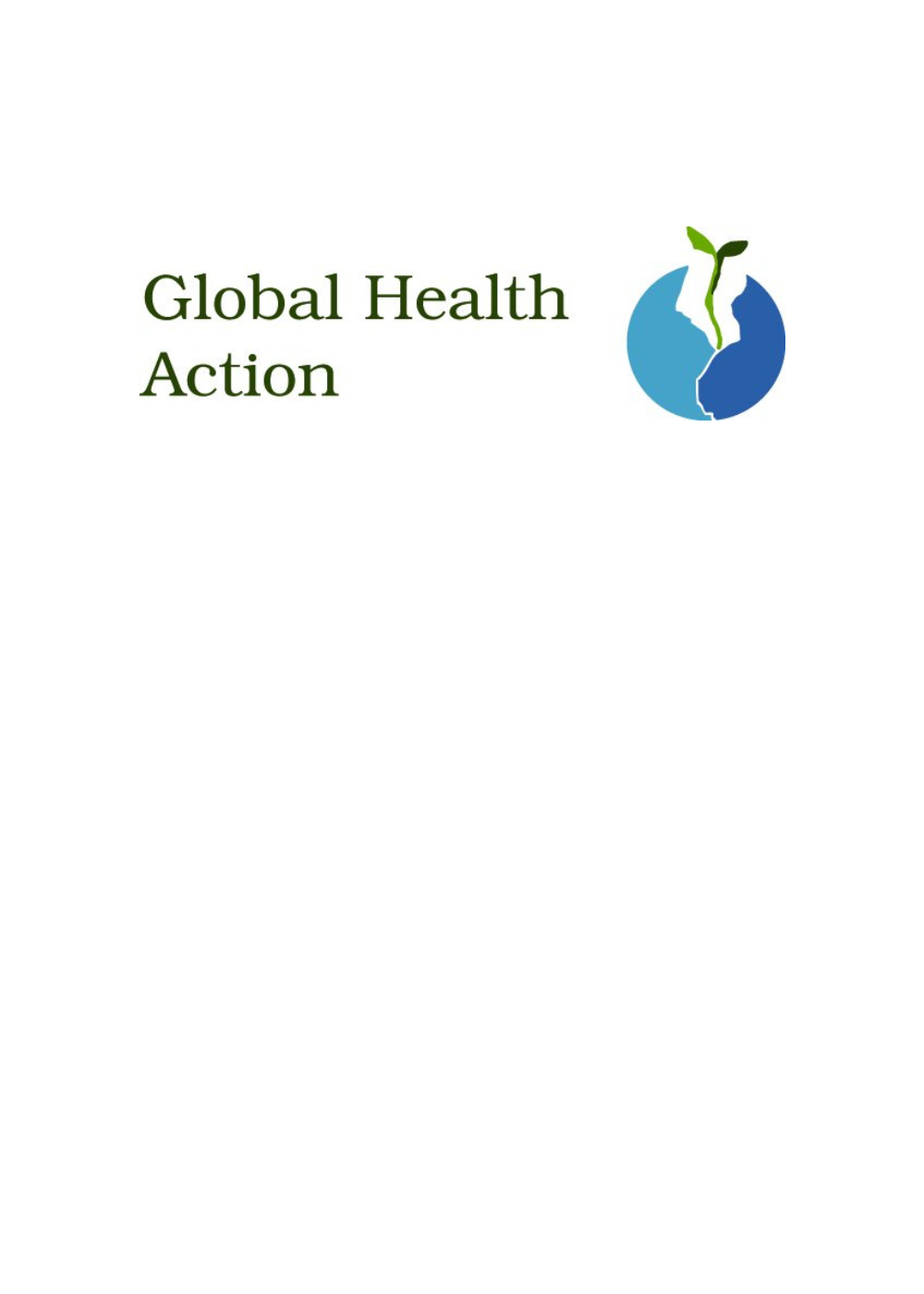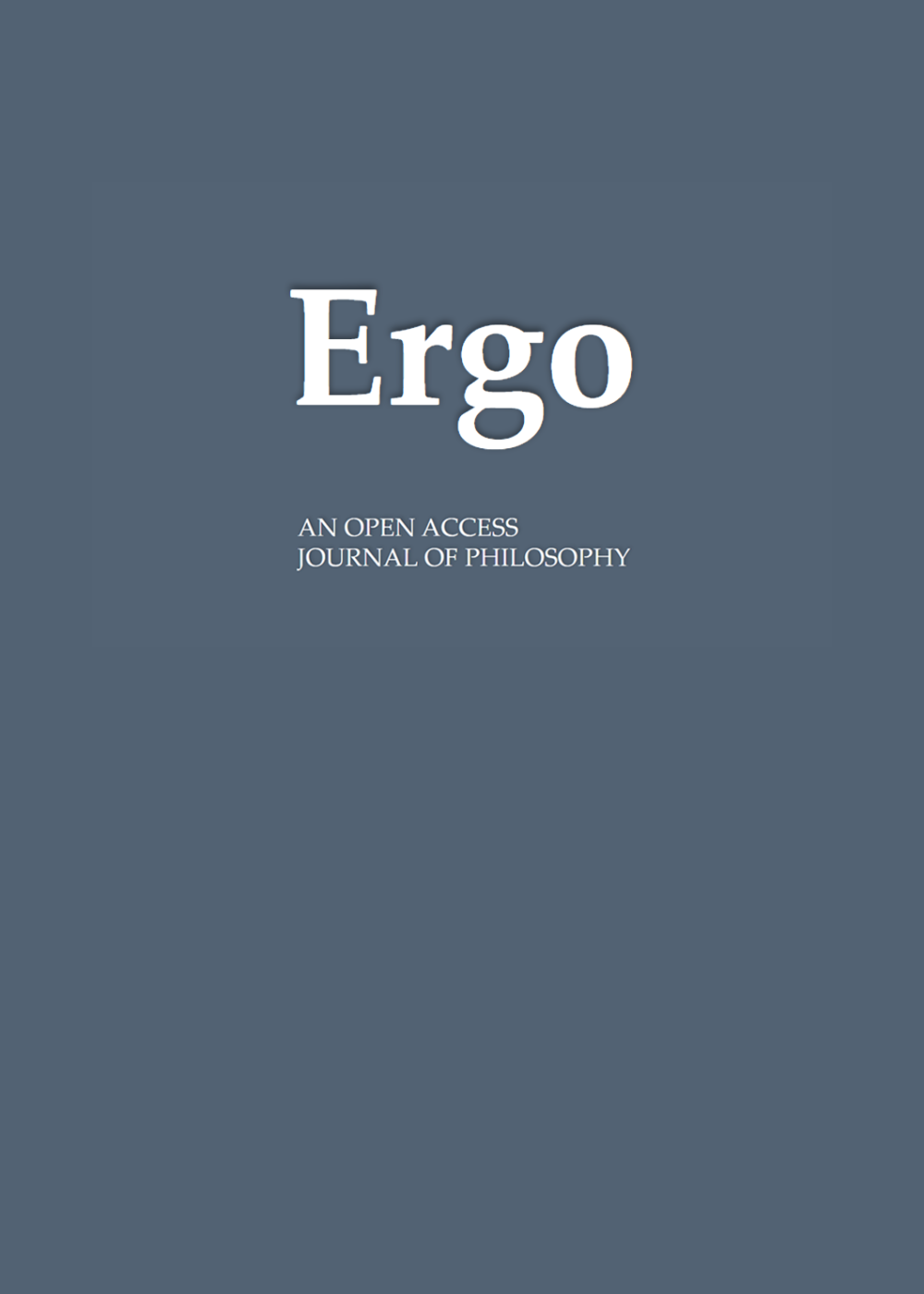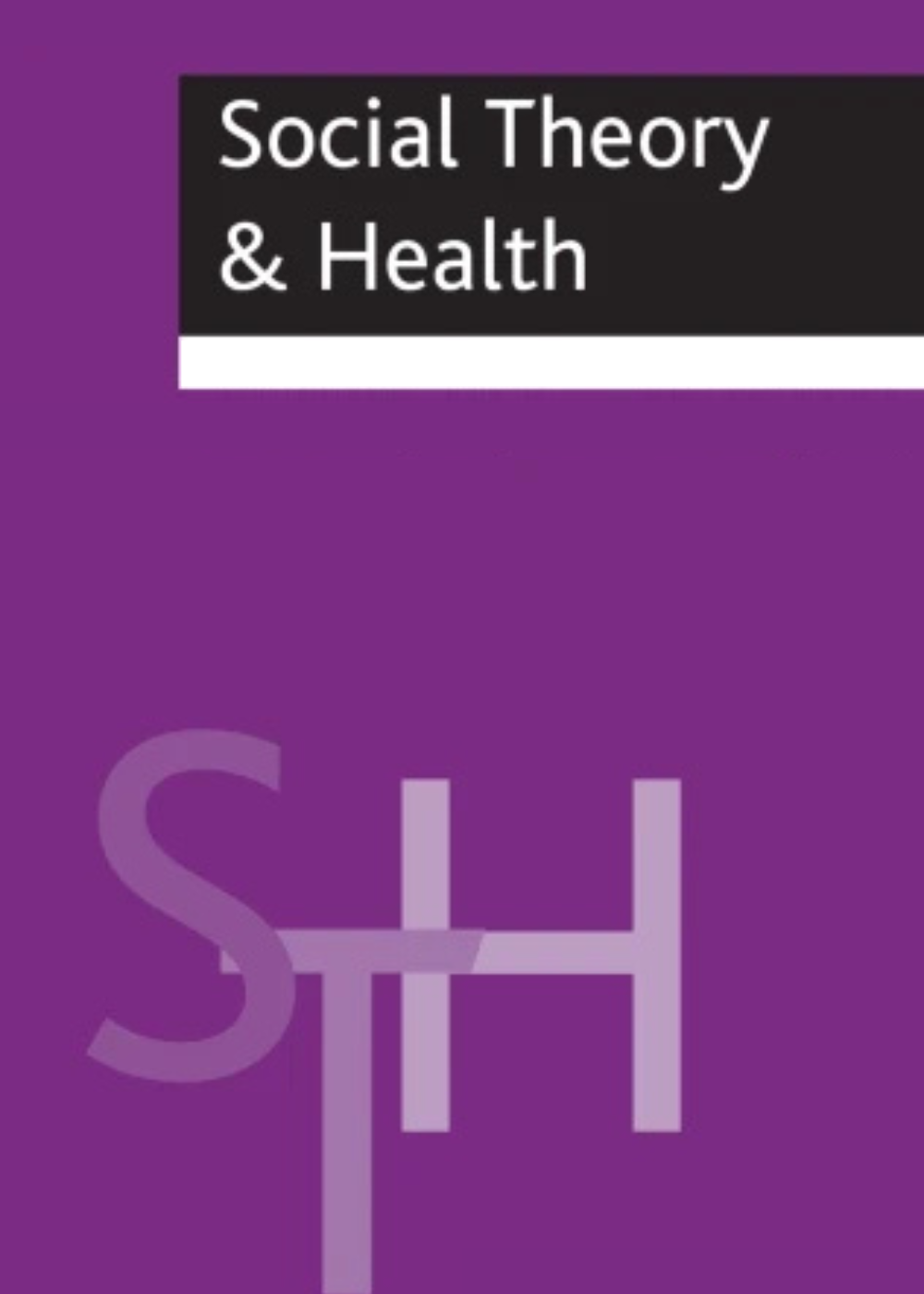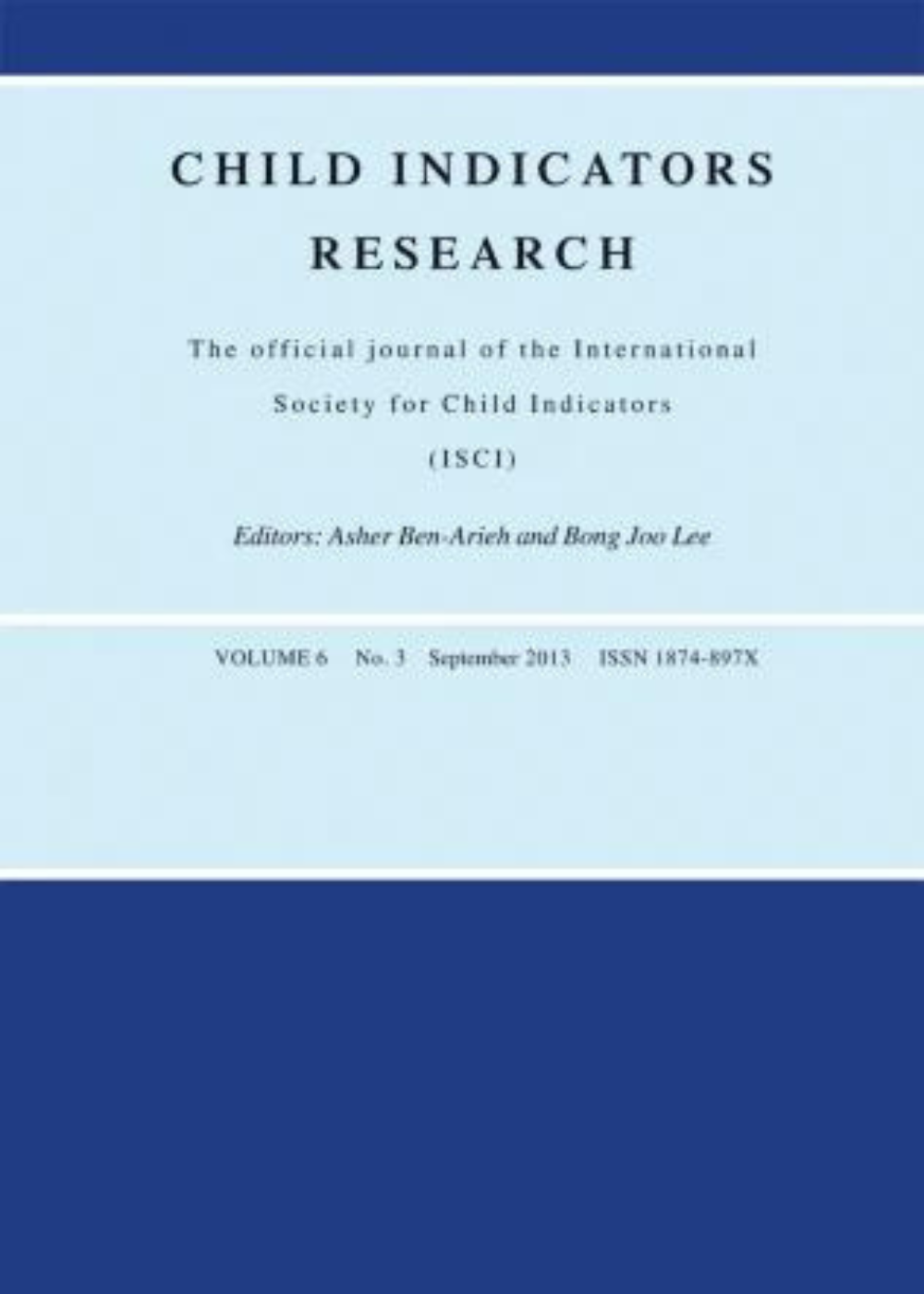
Economic Development and Adolescent Wellbeing in 139 Countries
Child Indicators Research
Jose Marquez, Ferran Casas, Laura Taylor and Jan-Emmanuel De Neve
Abstract
There is a positive association between the level of economic development and national levels of overall life satisfaction (OLS) in the adult population, with decreasing marginal returns. However, research shows no association in early adolescence and a negative association in middle adolescence. We hypothesize that this is due to the exclusion of low-income countries, where adolescent wellbeing is rarely collected. 2015–2019 Gallup World Poll data from 139 countries in middle adolescence (age 15–17; n 36,907) were analysed using linear regression to study the association between country levels of economic development and OLS, positive emotions (PE), and negative emotions (NE), and how this varies across economic development levels, and gender. Variations across economic development levels were compared with those observed in the adult population. Log per-capita GDP is positively associated with OLS and PE, although in high-income countries no association is observed for PE, and among females for OLS. For NE, a negative association is observed in lower-income countries and a positive association in higher-income countries. In this age group (age 15–17), the log per-capita GDP – OLS association is stronger in lower-income countries than in higher-income countries, but this pattern reverses with age in adulthood. A nuanced relationship exists between economic development and adolescent wellbeing, which varies across measures, levels of economic development, gender, and age -including notable differences compared to adults. Our study highlights the need for improving child and adolescent wellbeing data worldwide, especially in lower-income countries, to better understand how best to support wellbeing globally.
